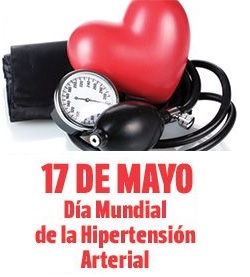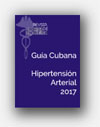Factores de Riesgo Cardiovascular
Habitual Exercise and Blood Pressure: Age Dependency and Underlying Mechanisms
 Por: Barry J. McDonnell, Kaisa M. Maki-Petaja, Margaret Munnery. Yasmin, Ian B. Wilkinson, John R. Cockcroft y Carmel M. McEniery. Oxford Journals, Medicine, American Journal of Hypertension, Volume 26, Issue 3, Pp. 334-341.
Por: Barry J. McDonnell, Kaisa M. Maki-Petaja, Margaret Munnery. Yasmin, Ian B. Wilkinson, John R. Cockcroft y Carmel M. McEniery. Oxford Journals, Medicine, American Journal of Hypertension, Volume 26, Issue 3, Pp. 334-341.
Regular exercise is associated with a reduction in cardiovascular risk, but the precise mechanisms responsible are unknown. The aim of the current study was to examine the relationship between regular exercise, aortic stiffness, and wave reflections, and to determine whether this relationship differs by age. These data suggest that regular exercise is associated with a beneficial vascular profile. However, this differs between younger and older individuals such that the smaller preresistance and resistance vessels are involved in younger individuals whereas the large elastic arteries are involved in older individuals. Despite these differential
findings, the current data provide support for strategies that increase habitual physical activity levels in the general population. [Actualizado: 11 febrero 2013]
__________________________________________________________________
Por: Cécilia Cacciolati, Christophe Tzourio y Olivier Hanon. Am J Hypertens (2013) 26(3): 367-372.
The relationship between blood pressure (BP) measured, its variability, and risk of cardiovascular events is well established; however, it is not well known whether there is a difference of variability between the four categories of BP status obtained by the comparison of office and home BP measurements: normotension and masked, white-coat, and sustained hypertension. Here, we assessed BP variability (BPV) according to BP status in the elderly. In elderly individuals, the short-term variability of BP is similar in masked and sustained hypertension and higher than in normotension and white-coat hypertension. This result suggests the hypothesis that BPV among persons with masked hypertension may contribute to the elevated cardiovascular risk observed in this BP pattern. [Actualizado: 11 febrero 2013]





![Glosario: hipertensión [Hipertensión arterial en la atención primaria de salud. 2009]](http://temas.sld.cu/hipertension/files/2016/04/Glosario-e1541006177950.jpg)



Comentarios recientes